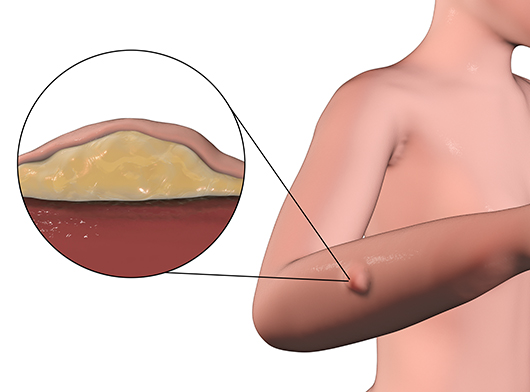- Surgery
- Radiation
- Medical Oncology
- Your child's treatment for soft tissue sarcoma will be customized and carefully planned. It may include one or more of the following. This depends on several factors, including:
- The location and type of sarcoma
- If cancer has spread
- Your child's age and health
-
Surgery
Surgery is the mainstay of treatment of soft tissue sarcomas. Surgery generally involves wide local excision, i.e., removing cancer and some healthy tissue surrounding it, and it is done to remove microscopic tumor deposits in the normal tissue.
In case of large tumours affecting the arms and legs, radiation and chemotherapy may be considered to shrink the tumour to avoid amputation.
- Radiation therapy uses high-energy X-rays or particles to kill cancer cells and abnormal brain cells, which helps control the tumour. Radiation can be given in combination with surgery and chemotherapy.
- Techniques like 3-D conformal radiotherapy, Intensity Modulated Radiotherapy (IMRT), Image-guided Radiotherapy (IGRT) and Volumetric Modulated Arc therapy (VMAT/RapidArc) are useful in targeting the tumor accurately and avoiding normal tissue injury.
- Proton therapy delivers high radiation doses to the tumour site, sparing nearby healthy tissue and vital organs. For some patients, this therapy results in better cancer control with less impact on the body.
- Chemotherapy - Chemotherapy uses cytotoxic drugs to destroy fast-growing cells, such as cancer cells. Some forms of soft tissue sarcoma respond better to chemotherapy than others.
- Targeted drug therapy - This is usually combined with chemotherapy and may be an option in selected cases. In the case of recurrent disease, specific targeted therapy is also an option based on the molecular alterations noted in the tumour.



.png)
